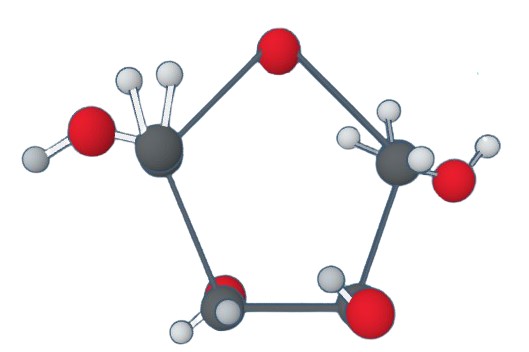
Without Fructose, also known as Fructofuranose, our sugar would not be as sweet as it is. The sugar we consume is a 50-50 mix of glucose and fructose. That mix is called as sucrose. The arrangement of the atoms in fructose gives a different effect than that of glucose. This rearrangement of elements also affects the way fructose mixes with solvents, such as water. The molecular formula for fructose is C6H12O6. The Molar mass of Fructose is 180.16 g/mol.
Fructose is abundant in apples, grapes, and watermelons. Tolerable consumption of fructose enhances glucose metabolism, as well as accelerates carbohydrate oxidation. Evidence shows that fructose plays a role in the secretion of insulin, an anabolic hormone in charge of transforming glucose into energy. On the other hand, consuming too much fructose can lead to type 2 diabetes, as well as causing insulin resistance in the liver.
Download File
Download File
Contact us
Thank you for your interest in contacting Future Engineers. We look forward to connecting with you!
General Inquiries
support@futureengineers.orgSponsorship Inquiries
sponsor@futureengineers.org